Film Types and Scan Resolutions
Delivering The Highest Quality At The Best Price
The first table is the same super 8 film ran through the 4 different film scanners which make up our 4 processes (SD, Pro HD, Pro 2K and Pro 4K). In addition, there is a description for each process that describes the advantages and disadvantages as it relates to the other processes.
The second table goes through a simple discussion on the resolution of 8mm and Super 8 film. To the surprise of many, you must scan above the resolution of the film in order to get a digital copy that is as good as the original.
8mm And Super 8 Film
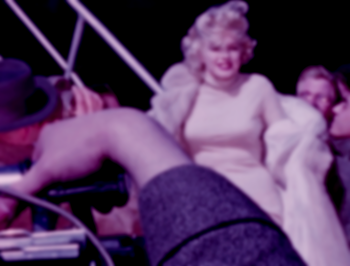
SD Scan
- This SD scan was performed with SD frame by frame machine. The film is ran through a projector and captured using a camcorder.
- A 480 line SD frame by frame process will get about 30-40% of the available details on the film. You can see how blurry the SD scan is compared to the Pro HD or Pro 2K scan below.
- In addition, you can see the blue color shift. This is very common on both 8mm and Super 8 film.
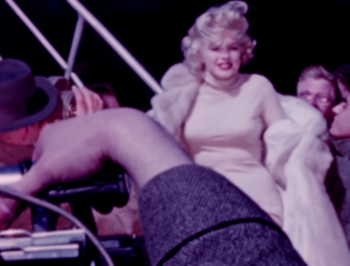
Pro HD Scan
- This Pro HD Scan (1080 lines) was performed with a HD Professional motion picture film scanner.
- You can easily see that the image is about 30-4-% sharper and more detailed compared to the SD process. in addition, you can see that the Pro HD process gets the whole frame while the SD machine crops the outer 10% of the image because it is using a modified projector with a film gate. The Pro HD process will get about 75% of the details from the film. Compared to the SD scan you can see more details in the face and the cake.

Pro 2K Scan
- This Pro 2K Scan (1556 lines) was performed with a professional 2K Datacine machine.
- This example also includes our optional 8mm Film Color Correction Restoration.
- Compared to the Pro HD scan you can see a new level of detail in the face.

Pro 4K Scan
- This Pro 4K Scan (3112 lines) was performed with a professional 4K Datacine machine.
- This example also includes our optional 8mm Film Color Correction Restoration.
- Most 8mm and Super 8 film will not benefit enough from a 4K scan. But you can go out to a 4K format like 4K – ProRes. This would allow you to create formats for your 4K/UHD TV.
Film Resolution
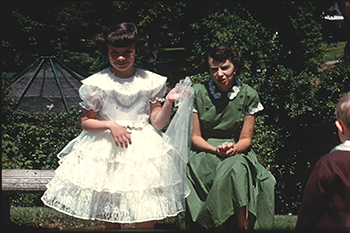
Resolution of Film
- Determining resolution of film can be a very complicated task involving many variables.
- The image to the left is a 2K scan (1556 lines from top to bottom) of 8mm film.
- At full frame it looks nice and clear and you don’t really notice film grain from far away.
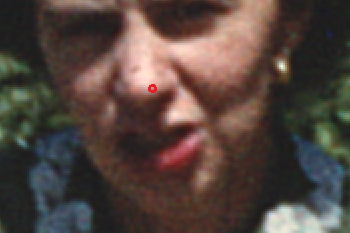
Film Grain
- When you zoom in on the picture you can see these little dots or bumps. This is film grain.
- We’ve highlighted the smallest feature which is on the tip of the nose. This is about the size of the film grain.
- Film grain is laid out in a random pattern. It is not laid out in a nice row and column like digital video.
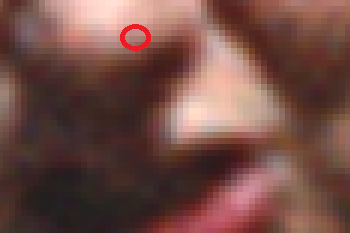
Film Grain vs Digital Pixel
- Here we are zoomed in enough on the 2K scanned image that you can see the digital pixels.
- The red highlighted area is the smallest feature size which is about 1 grain of film.
- In order to achieve a digital image as good as the film you would need to scan the film 1/2 the size of the film grain or smaller. Here, the 2K scan is just enough to meet this requirement.
Our Promise
100% Satisfaction Guarantee
Our service is the best in the business and so is our customer support. If for any reason you are unsatisfied with our results please contact us to discuss any options. *Quality of film conversion and restoration is dependent upon the condition of existing film stock and/or videotape; severely deteriorated original materials may be beyond the reach of even the most sophisticated restoration methods.
